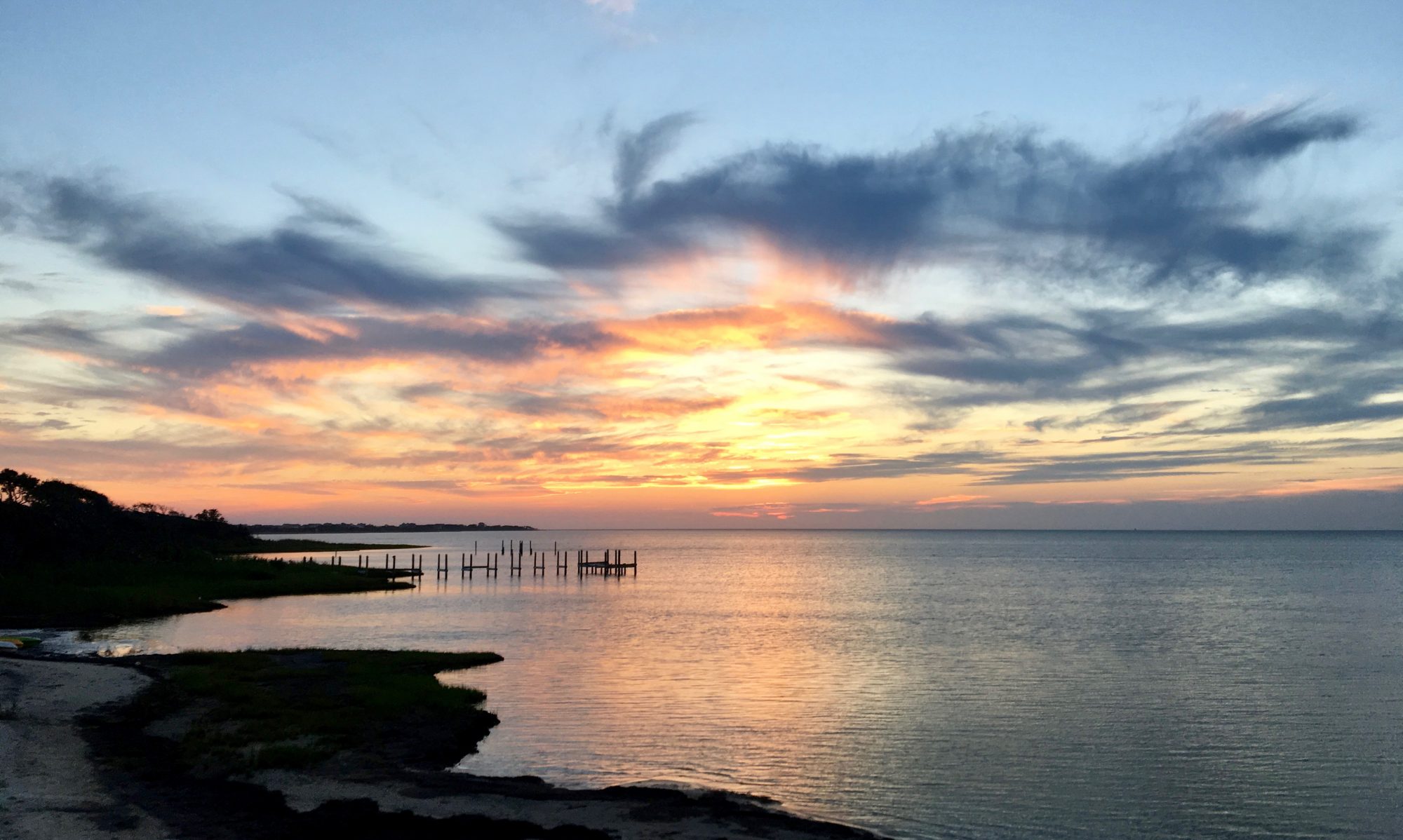By Christina Wiegand, Coastal Resources Management PhD Student, East Carolina University
If you’ve spent time in West Haven, Connecticut, chances are you’ve spent some time on Beach Street. With beautiful views of Long Island Sound, Sandy Point shorebirds, and lobster rolls from the famous Chick’s Drive-In (RIP Mr. Celentano), it is a destination for residents and tourists alike. However, the one-two punch of Hurricanes Irene and Sandy illustrated the susceptibility of the area to coastal hazards. To address coastal hazard risk along Beach Street and other vulnerable areas, the City of West Haven has been preparing a Coastal Resilience Plan.
Now in the final stages of development, the goal of the Coastal Resilience Plan (CRP) is to address the city’s resilience to impacts from increasing storm frequency and sea level rise. The New Haven Register has quoted assistant city planner David Killeen saying the plan “will develop options for adapting to coastal risks over the long term, with an emphasis on protecting people, buildings and West Haven’s infrastructure.”
Development of the CRP is timely, with NOAA’s most recent report on sea level rise indicating a 1-8 feet rise in relative sea level along the Connecticut coast. Coupled with increases in storm severity and flooding, West Haven is likely to become increasingly vulnerable without improvements to resilience.

Planning for the CRP was based on The Nature Conservancy’s coastal resilience program approach. This approach involves: assessing risk and vulnerability, identifying solutions, taking action, and measuring effectiveness. Throughout the process, West Haven ensured there was ample opportunity for public input. Three public meetings were held to discuss the types of hazards facing the city, avenues for adaptation, and finally long-term recommendations. Additionally, a survey of coastal residents was conducted.
The most recent draft of the CRP focuses resilience efforts on 13 coastal communities with an emphasis on underserved communities where income may limit their ability to adapt to coastal hazards. Resilience efforts will vary based on each community’s needs. Structural adaptations are likely to include: beach and dune re-nourishment, bioengineered banks, and flood protection for large residential and commercial areas. Bioengineered banks, where native plants and natural materials are used to stabilize the shoreline, are typically preferred over hard structures. Political changes are likely to include changes in city floodplain and zoning regulations.
With the right motivation and support, hopefully the CRP will ensure Beach Street and the rest of West Haven remain one of Connecticut’s premier coastal destinations.
The CRP is being prepared by Milone and MacBroom Inc. in conjunction with the Black and Veatch Corporation. Funding comes from the US Department of Housing and Urban Development’s Community Development Block Grant Disaster Recovery Program.
For more information: City of West Haven Coastal Resilience Plan – March 2017 Draft


